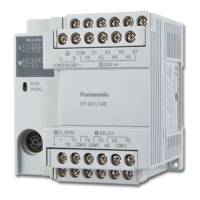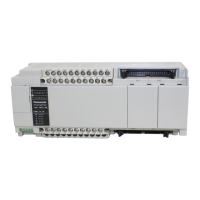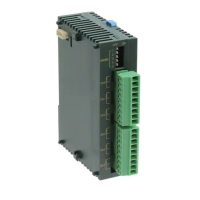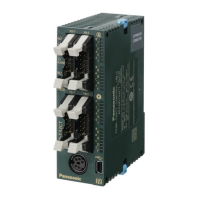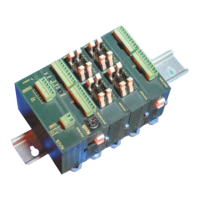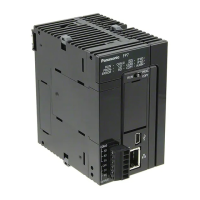FP Modem-EU Technical Manual
7.1 Technical Terms
assignment) of serial interfaces. Usually only a small part is implemented because the entire
standard is very complex. Typical signals are RTS, CTS, DSR, DTR, RD, TD, DCD and RI. DIN
66020 is equivalent to V.24. Together with V.28 that defines the electric characteristics, the
V.24 standard corresponds to the American standard RS232C (standard for the serial interface
after ITU-T).
V.25bis
A standard for modem commands (CCITT), defining the control of modems from the PC. Could
not gain recognition in comparison to the Hayes standard (see there).
V.27ter
Modulation standard, bit rate for fax operation at 2400 bps (1200 Baud) and 4800 bps (1600
Baud).
V.28
Standardizing the levels on V.24 according to ITU-T. The level range shall be in between -12V
to -3V and +3V to 12V.
V.29
Fax transmission standard (leased line) at 7200 bps and 9600 bps.
V.32
Modulation standard, bit rate max. 9600 bps. Half duplex transmission results in a 4800 bps
transmission rate.
V.32bis
Modulation standard, bit rate max. 14400 bps. Half duplex transmission results in a 4800 bps
transmission rate.
V.34
Modulation standard for data transmission at 28800 bps. It is not implemented in the FP
Modem-EU because it makes little sense in combination with PLCs. Other processes are slower
anyway.
V.34+
Modulation standard for data transmission at 33600 bps. See note on V.34.
V.42
Error correction protocol according to ITU-T standard.
V.42bis
Data compression according to ITU-T standard, also containing the V.42 LAP-M declaration for
error correction. In fallback mode, MNP 2-4 is enabled, if necessary.
V.90
Modulation standard for 56 kbps channels for downloading files, i.e. only unidirectional! V.90
combines the x2 and K56flex techniques. A spectral deformation method by Motorola and the
coding methods of 3COM U.S.Robotics are used. It is not implemented in the FP Modem-EU
because telecontrolling makes little sense for an asynchronous transmission method.
XOFF
Control character (<Ctrl>+<S>) in software handshaking to signal that data cannot be received
(buffer full).
XON
Control character (<Ctrl>+<Q>) in software handshaking to signal that data can be received.
103
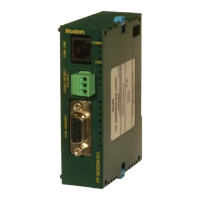
